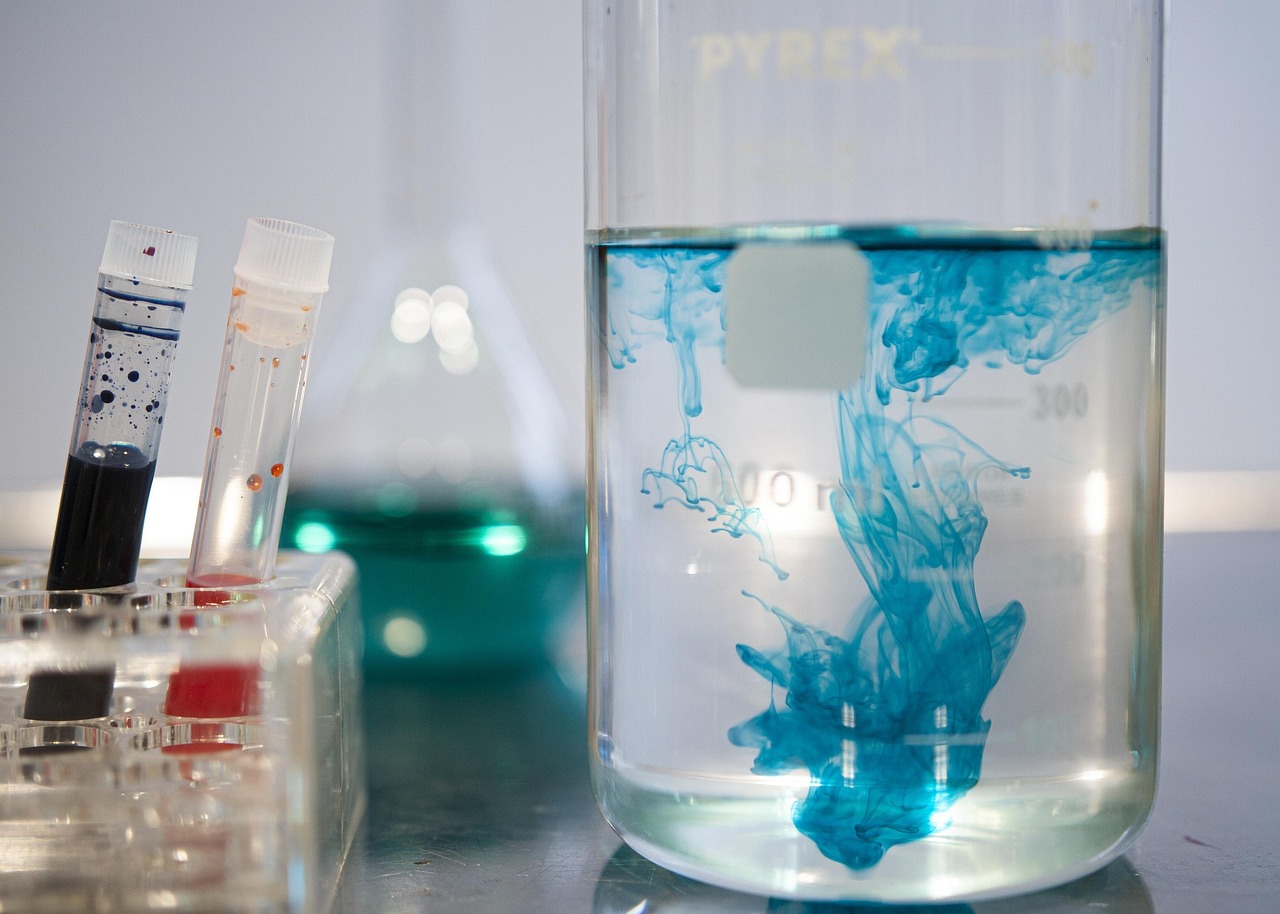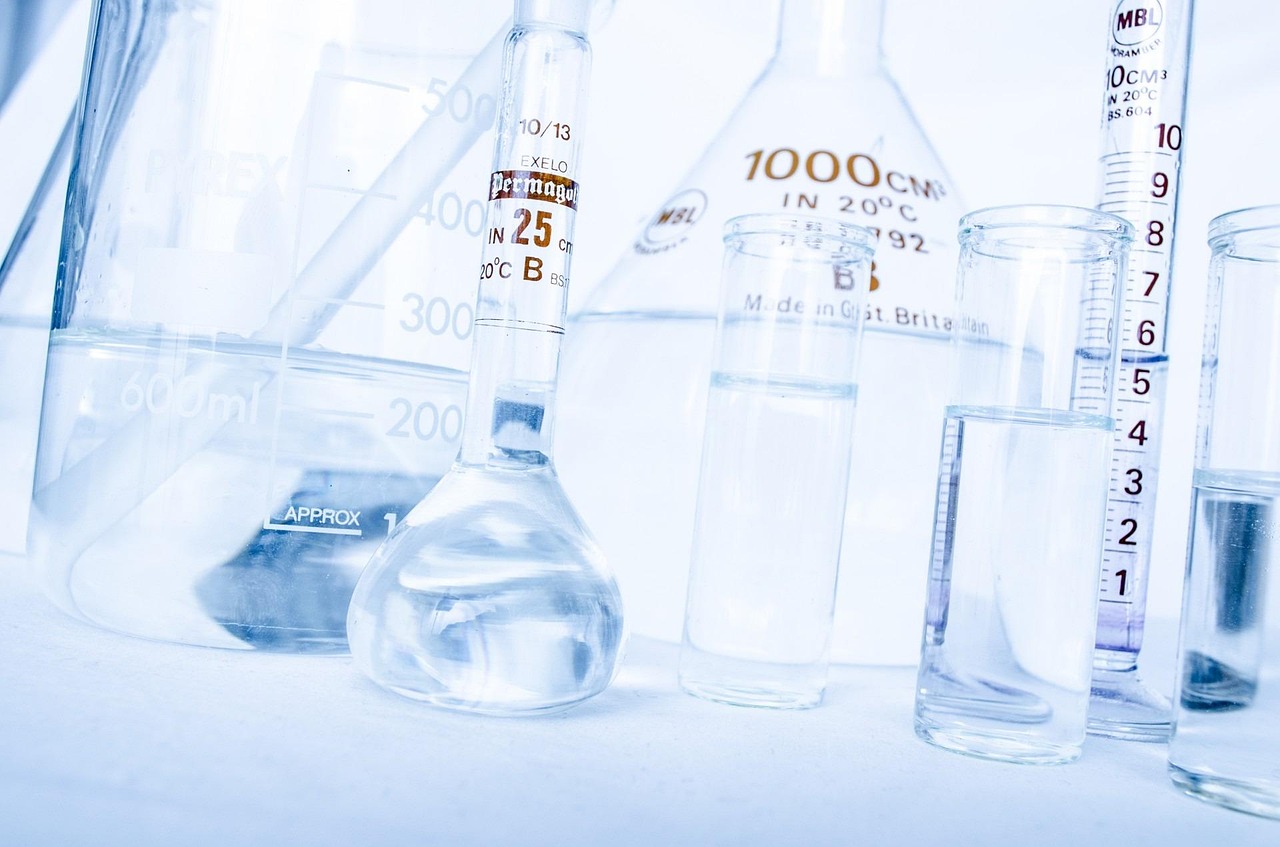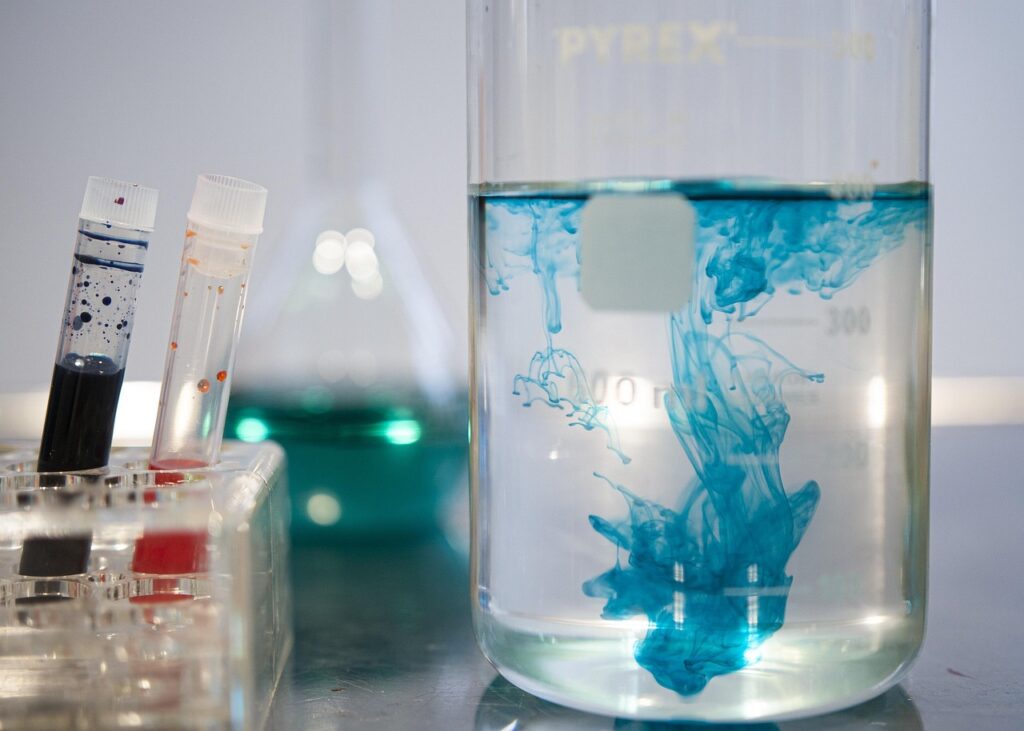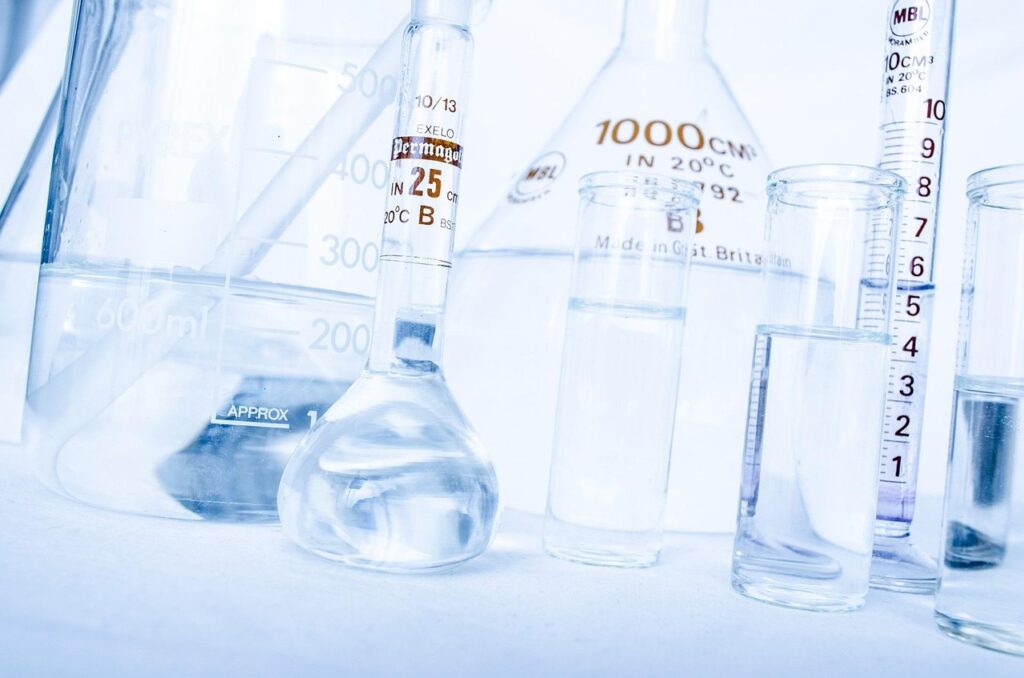Today’s consumers want more from their meals than just convenience and flavor in this fast-paced, health-conscious environment. They look for safety and quality as well. The crucial role that food quality analysis plays is in ensuring these factors. Analyzing the chemical, physical, microbiological, and sensory qualities of food products is an essential step in determining their overall quality. The direct effect that food quality analysis has on food product shelf life is one of its most important results.
Businesses in the food sector can maintain safety, comply with regulations, and satisfy customers by having a solid understanding of the science underlying food quality and how it relates to shelf life. We’ll discuss the importance of food quality analysis in prolonging product shelf life, the variables it affects, and the advantages it offers to producers and customers in this blog.
What is Food Quality Analysis?
A thorough procedure called food quality analysis evaluates the safety, nutritional value, freshness, and compliance with laws and regulations of food. Typically, this research looks at several variables, including moisture content, pH equilibrium, the presence of microorganisms, chemical composition, and physical characteristics including texture and appearance. The main objective is to ensure that food products meet quality and safety standards before their distribution to consumers.
Food quality analysis is critical in today’s competitive food industry, where regulatory bodies enforce stringent rules on food safety. Moreover, with growing consumer awareness, ensuring product quality is critical to building brand loyalty and consumer trust.
The Importance of Shelf Life in Food Products
An essential component of any food product is its shelf life. It refers to the period a food is safe to ingest and keeps its desirable taste, texture, and nutritional content. For food makers, knowing how to prolong a product’s shelf life is essential because it has a direct impact on profitability, customer satisfaction, and product quality.
Food spoiling due to a short shelf life can cause waste, monetary losses, and harm to a brand’s reputation. As a result, it’s critical to preserve food products’ shelf life, and food quality analysis is vital to this procedure.
Key Factors Affecting Shelf Life
Several factors contribute to the shelf life of food products. Let’s delve into how Food Quality Analysis addresses these factors to help improve and extend product shelf life.
1. Microbial Growth
One of the most important variables affecting food products’ shelf life is microbial infection. Food spoiled by bacteria, yeasts, or molds can be dangerous to eat and have its quality diminished. As part of the Food Quality Analysis process, microbiological tests allow manufacturers to detect and manage the presence of microorganisms in their food items.
Assessing the microbiological quality of food involves a variety of assays, including pathogen detection, yeast and mold counts, and total plate counts (TPC). Early detection of microbial threats enables producers to implement preservatives or modify storage conditions to prevent microbial growth.
2. Moisture Content
Food products’ shelf life is mostly determined by their moisture content. Overwetness can hasten spoiling by encouraging bacteria development and chemical deterioration. Conversely, too little moisture can make baked goods and other similar products tasteless and dry.
Testing for moisture content is part of food quality analysis, which enables producers to regulate the amount of water in food items. Manufacturers can extend the shelf life of their products without sacrificing their texture or quality by varying the quantities of moisture. For instance, regulating the moisture content of snack foods or dried fruits helps keep them from spoiling and increases their shelf life.
3. Oxidation and Rancidity
When food is exposed to oxygen, a chemical reaction known as oxidation takes place, which causes food to degrade and lose its quality. Fats and oils are especially vulnerable to this process because they can turn rancid when they oxidize, changing the flavor and scent of the finished product. For example, oxidation can result in unwanted off-flavors and render products inappropriate for ingestion, such as potato chips or cooking oils.
Manufacturers can check food products for rancidity and oxidation levels using Food Quality Analysis. Manufacturers can decrease oxidation and increase product shelf life by adding antioxidants or changing packaging (using vacuum-sealed or nitrogen-filled containers, for example).
4. Chemical Reactions and pH Balance
Food products’ shelf lives can be impacted by chemical alterations such as enzymatic browning or the disintegration of proteins and lipids. The pH level of food also has a significant impact on how quickly it spoils. While low acidity may encourage microbial growth, high acidity can prevent it.
Food quality analysis includes measuring pH levels and looking for any chemical alterations that can shorten the shelf life of the product. With this information, manufacturers can modify ingredients, additives, or storage settings to slow down deterioration and preserve product quality over time.
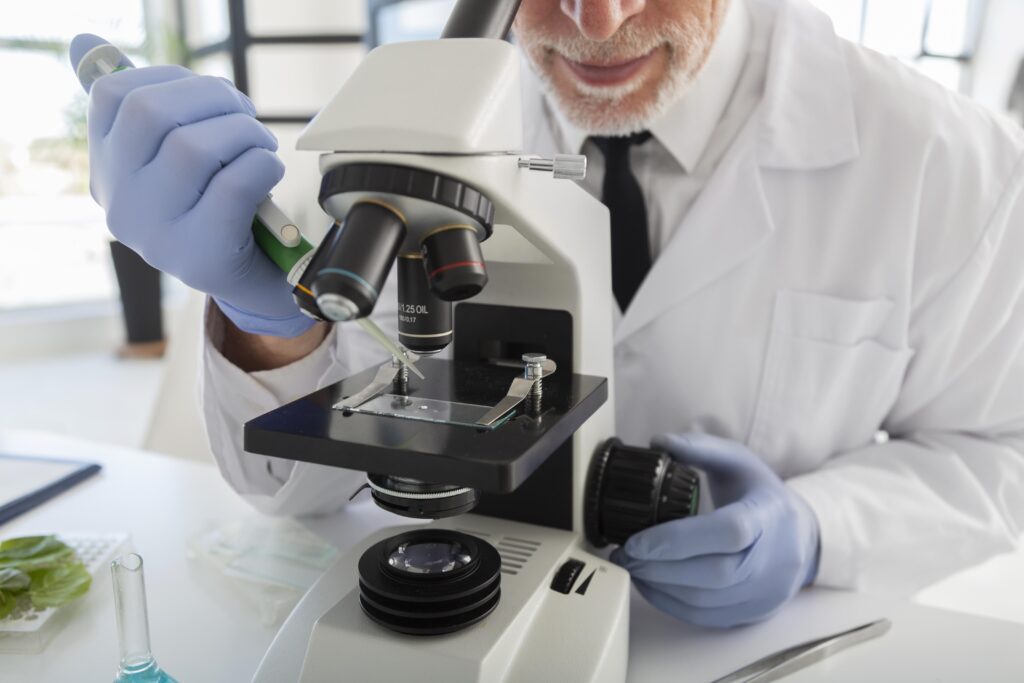
5. Packaging and Storage Conditions
To maintain food quality and increase shelf life, proper packaging and storage conditions are essential. Packaging acts as a barrier to keep out elements that hasten spoiling, such as heat, light, moisture, and oxygen. Temperature and humidity during storage have a big impact on how long food lasts.
Packaging materials are assessed during Food Quality Analysis for their potential to shield the product from outside influences that can shorten its shelf life. Products kept in vacuum-sealed packages or airtight containers, for example, often have a longer shelf life than those exposed to air.
Additionally, temperature stability testing is part of quality analysis, ensuring that the product can withstand various environmental conditions. By identifying the optimal packaging and storage methods, manufacturers can extend the shelf life of their food products.
Benefits of Food Quality Analysis for Shelf Life Extension
Now that we’ve examined the key factors that impact shelf life, let’s explore the benefits that Food Quality Analysis provides for extending product shelf life:
1. Reducing Product Waste
Less food waste is one of the most obvious advantages of food quality analysis. Manufacturers can maximize shelf life to avoid premature spoiling and guarantee that their products arrive at consumers in optimal form. By reducing returns, recalls, and product disposal, money and resources are eventually saved.
2. Improving Consumer Confidence
When they purchase food products, consumers want high-quality items that are safe and fresh. Food quality analysis guarantees that food items fulfill quality requirements, which results in happy consumers. Increased shelf life builds consumer trust and loyalty by decreasing the likelihood that they will come across spoiled or subpar products.
3. Meeting Regulatory Requirements
Strict regulations about food safety, quality, and labeling are enforced globally by regulatory authorities. Frequent food quality analysis assists food producers in meeting these requirements, preventing penalties, recalls, and legal issues. It also guarantees that the product’s shelf life claims are true and supported by empirical evidence.
4. Enhancing Market Competitiveness
A product with a longer shelf life gives a big edge in the cutthroat food industry. Long-lasting fresh and high-quality products have a higher chance of becoming preferred by customers. Food quality analysis aids producers in refining food formulas, packaging, and storage, resulting in a product that is more durable and distinctive on the market.
Conclusion
Food quality analysis is essential for figuring out how long food goods will last on the shelf. Food makers can decide on the best way to package, store, and use ingredients by knowing things like moisture content, oxidation, chemical stability, and microbiological contamination. This procedure guarantees that customers receive food that is safe, fresh, and of the highest caliber while also lowering waste and boosting profitability.
In today’s food industry, where safety and quality are paramount, Food Quality Analysis is not just a regulatory requirement; it’s a crucial step in building consumer trust, enhancing product longevity, and staying ahead in a competitive market.





